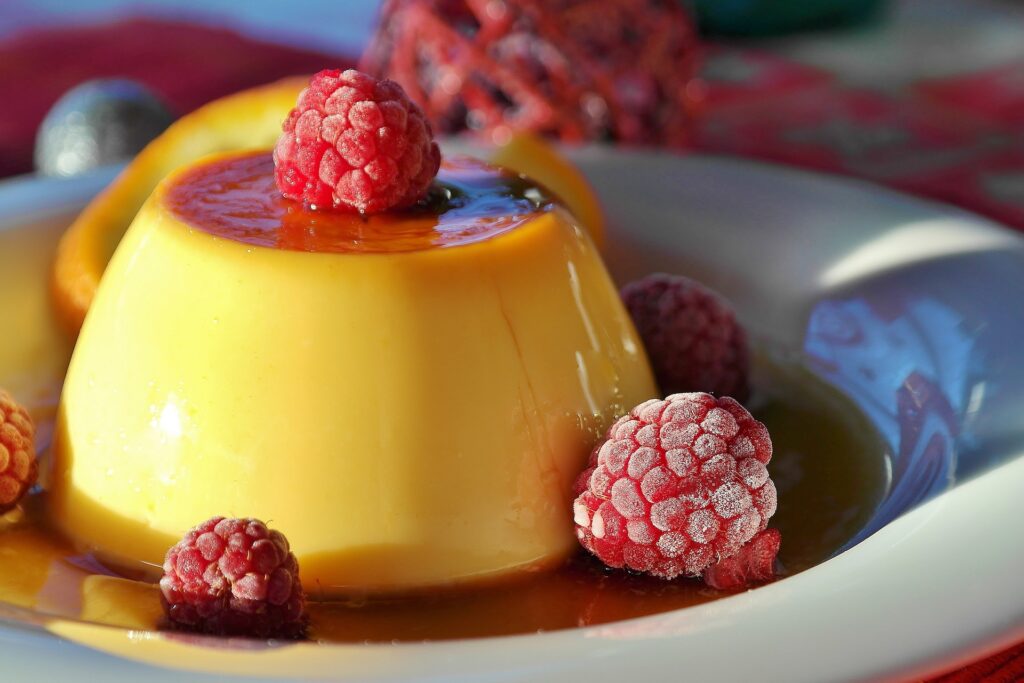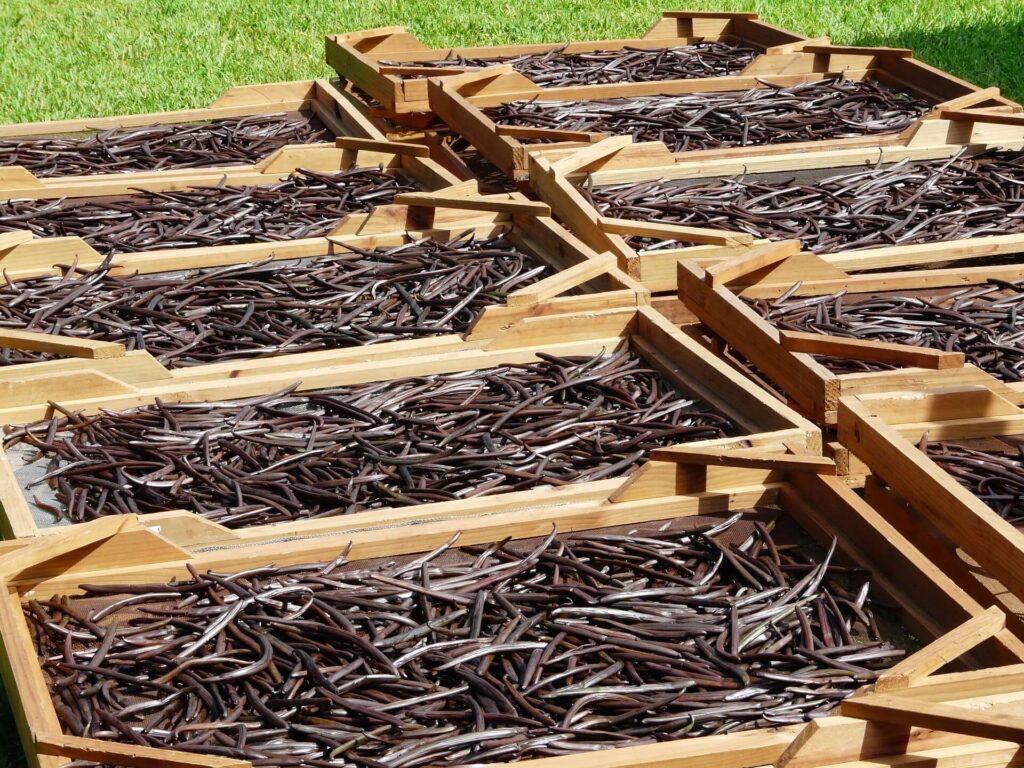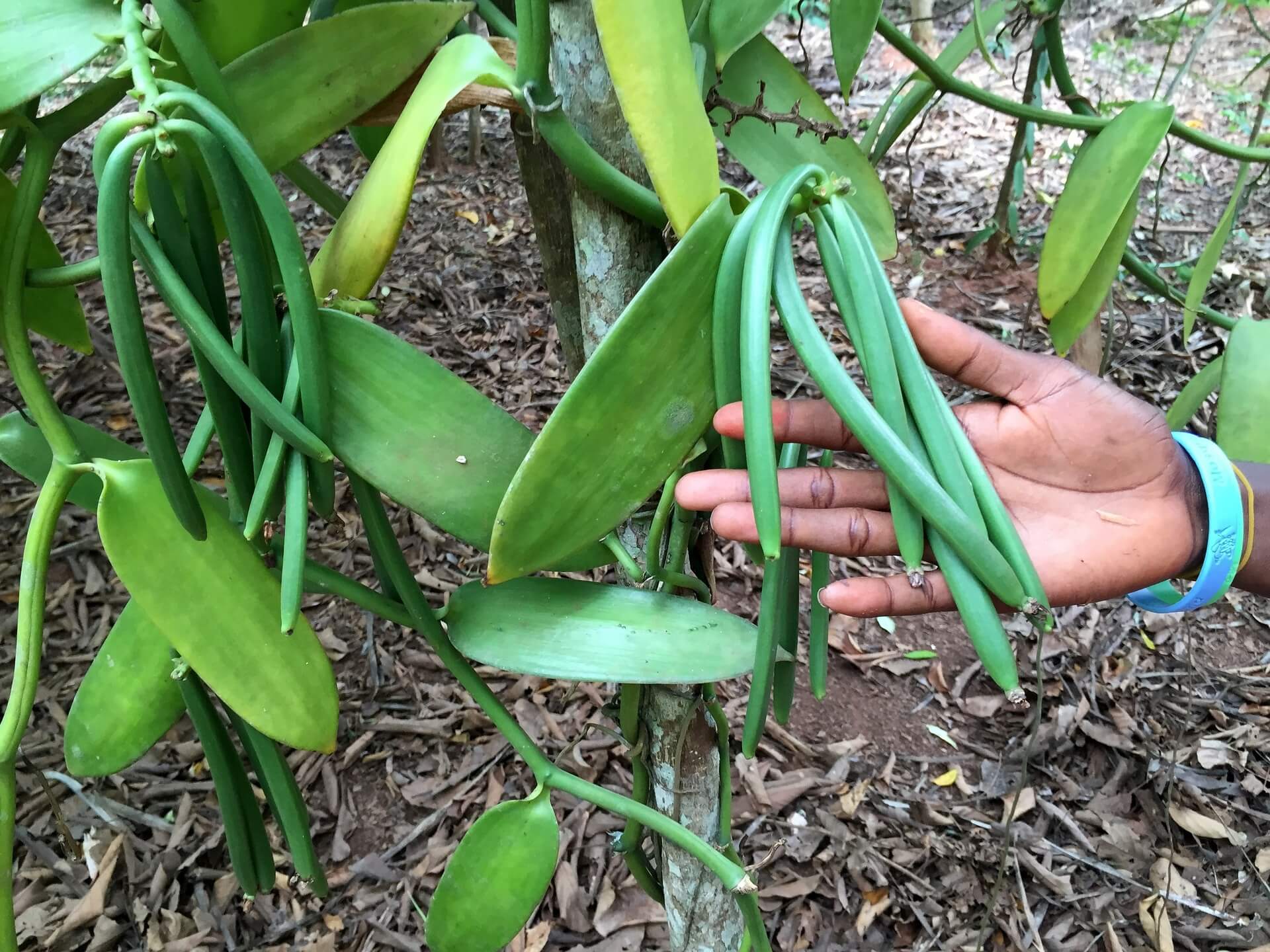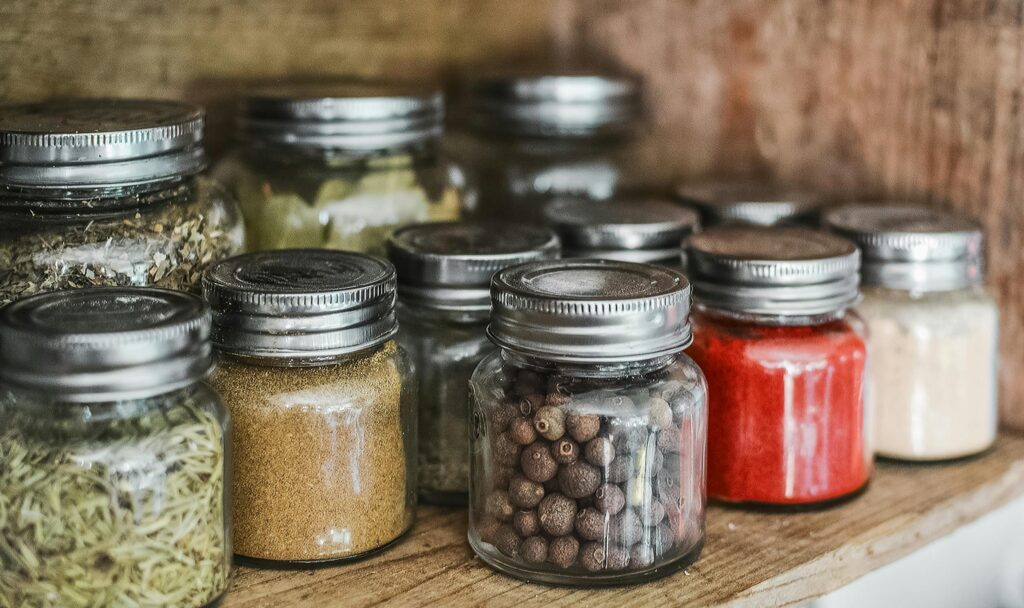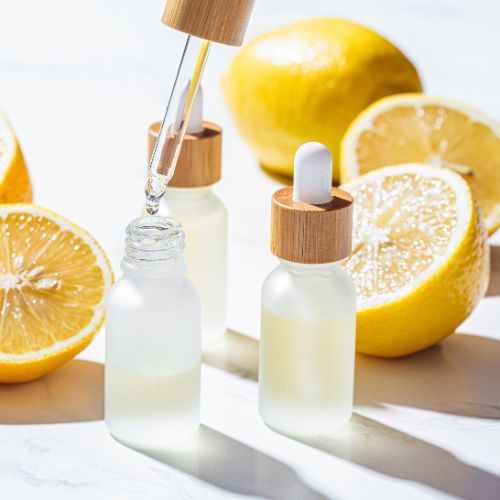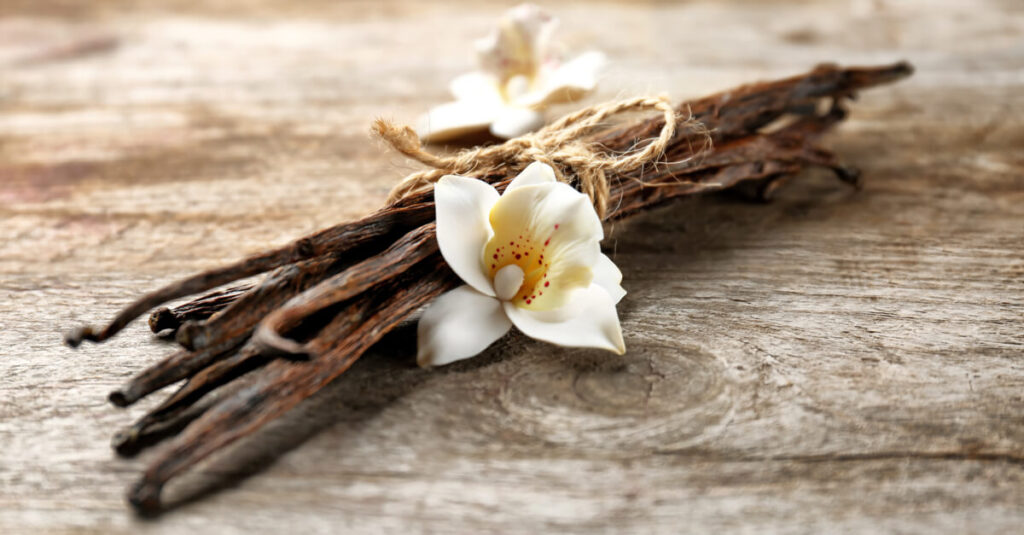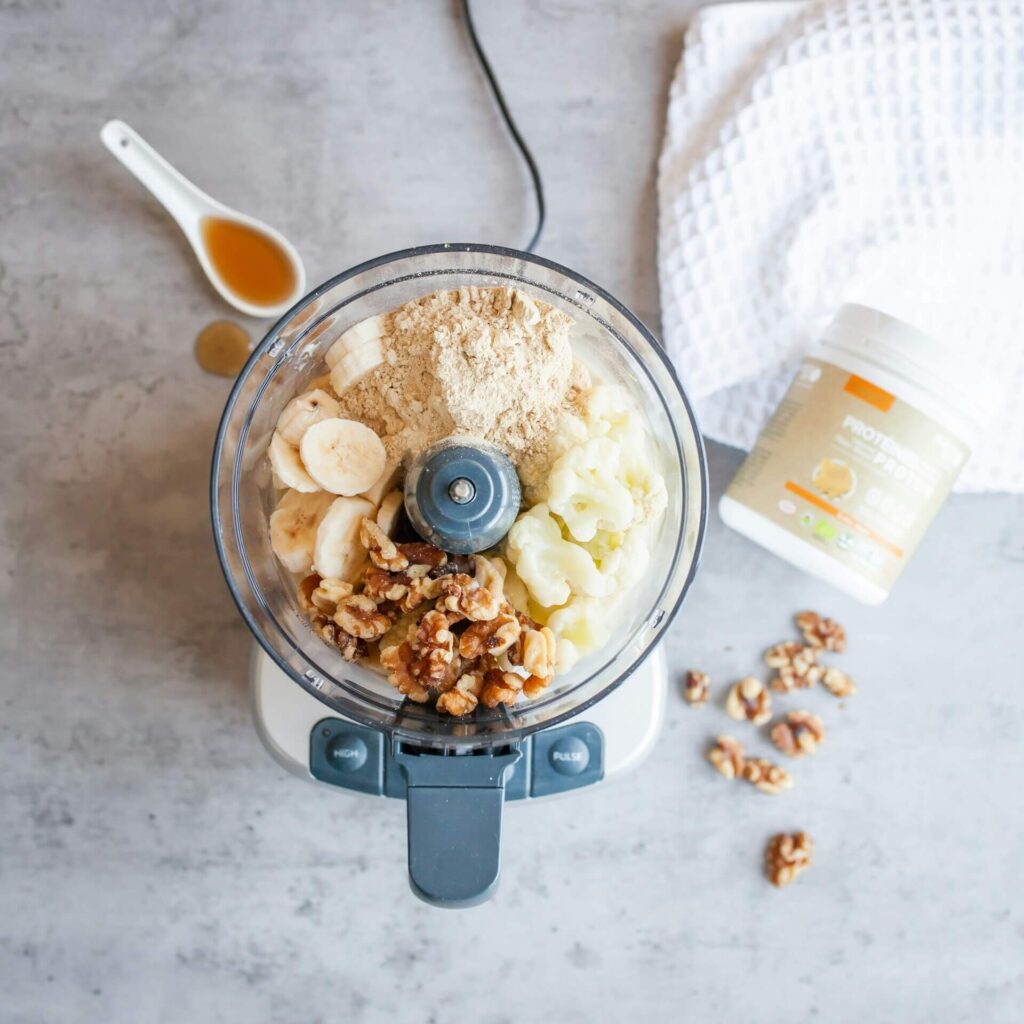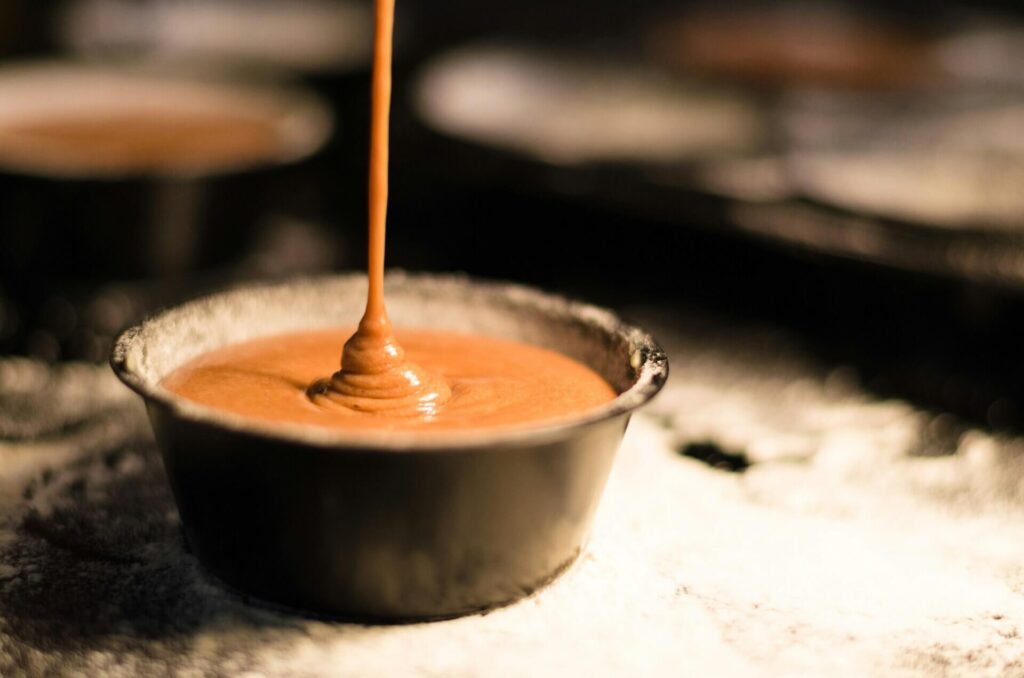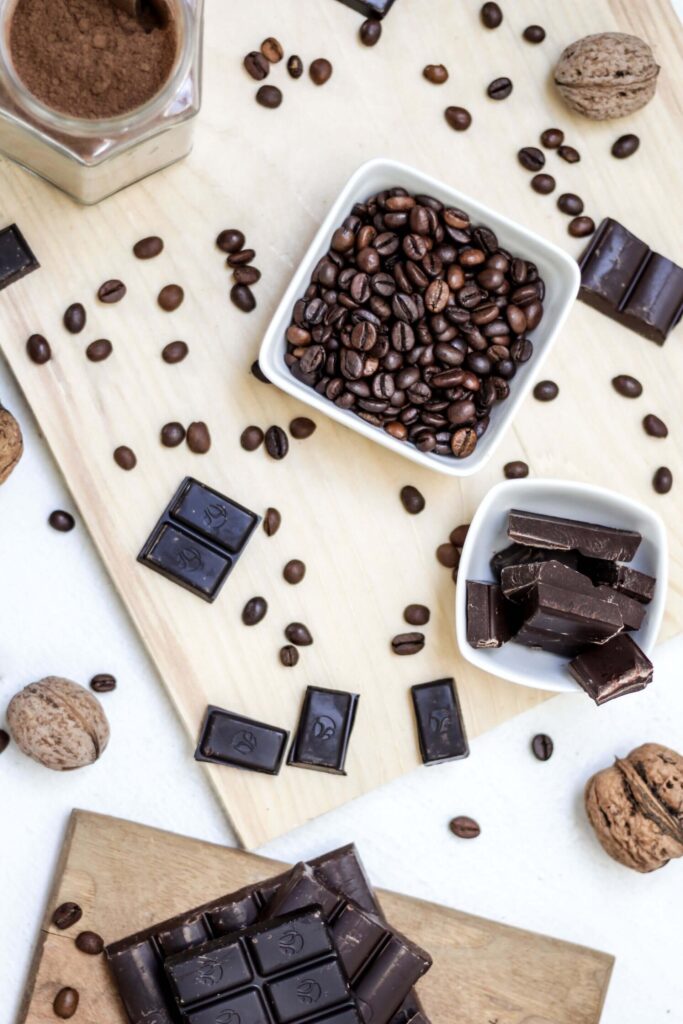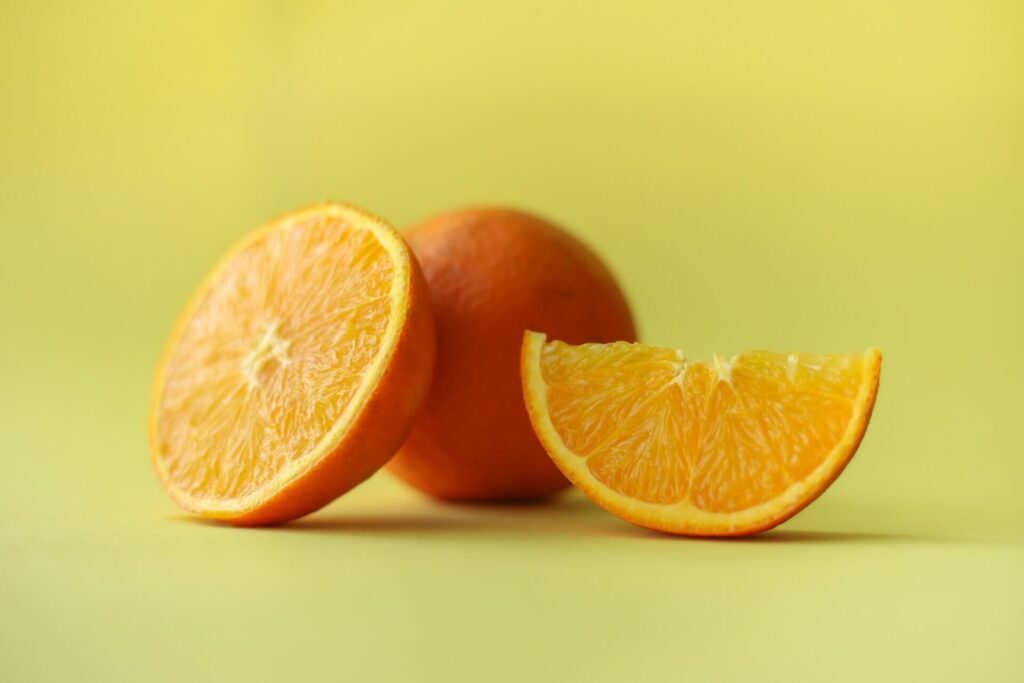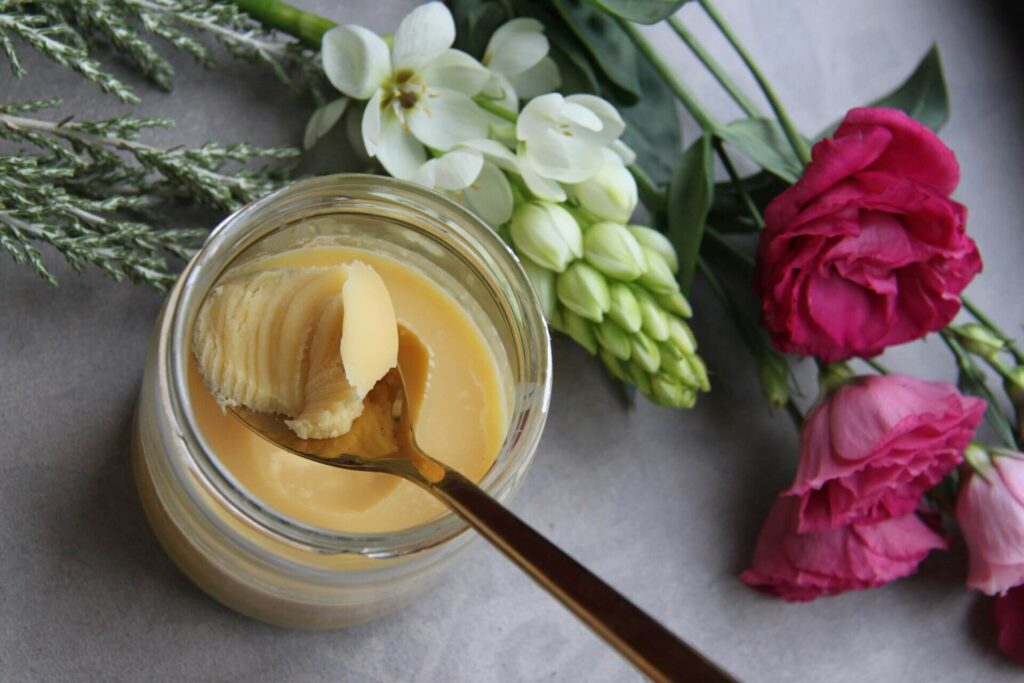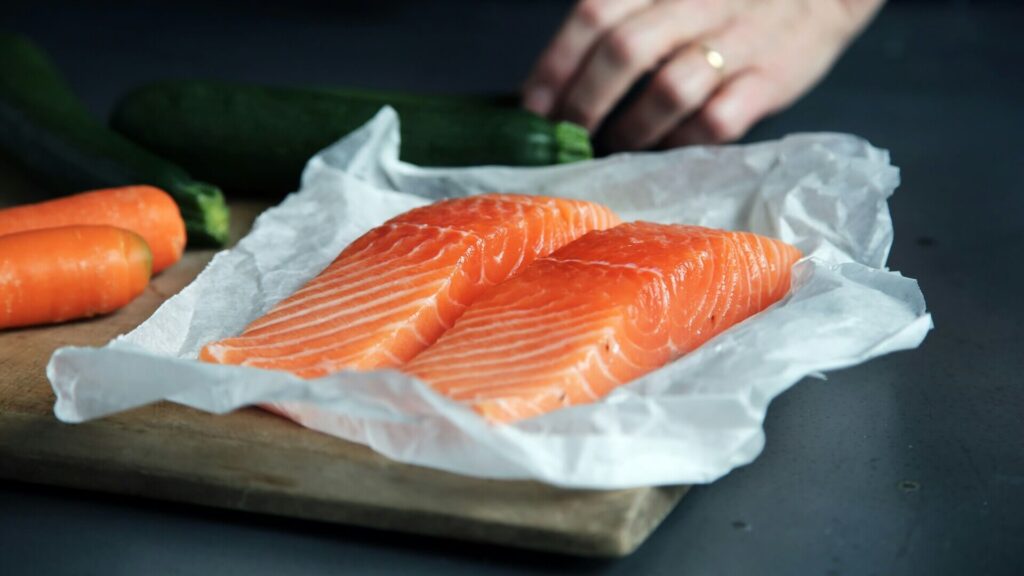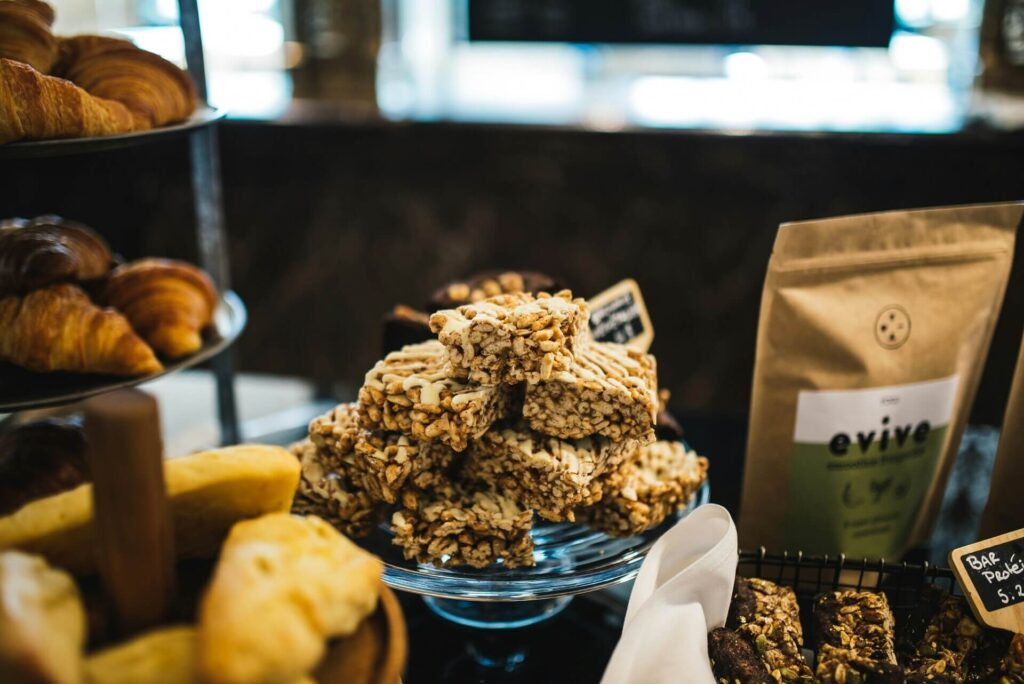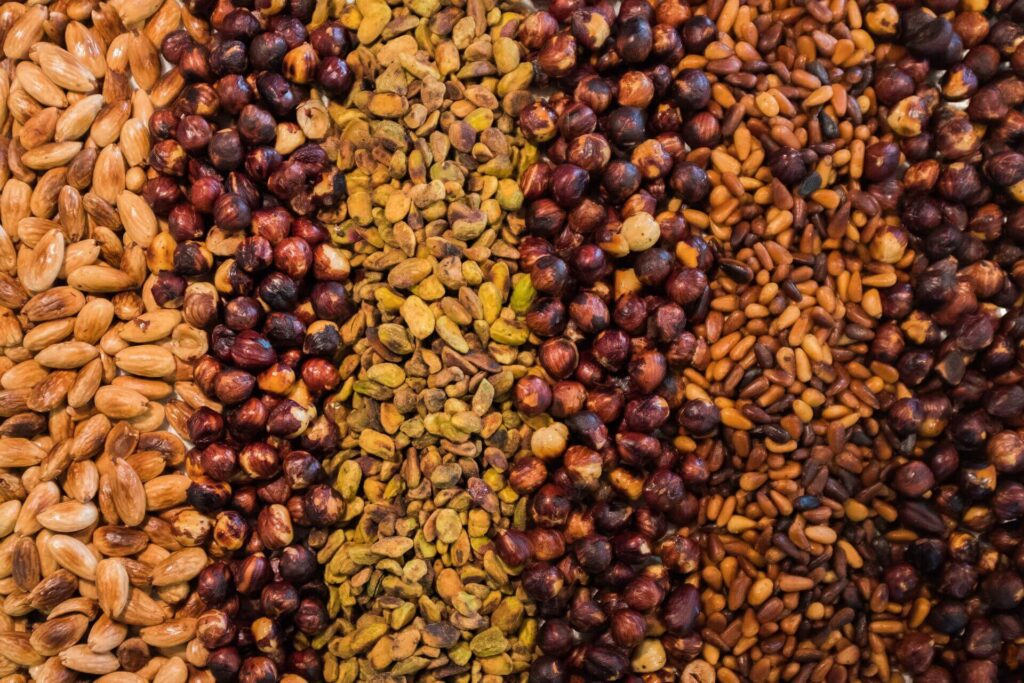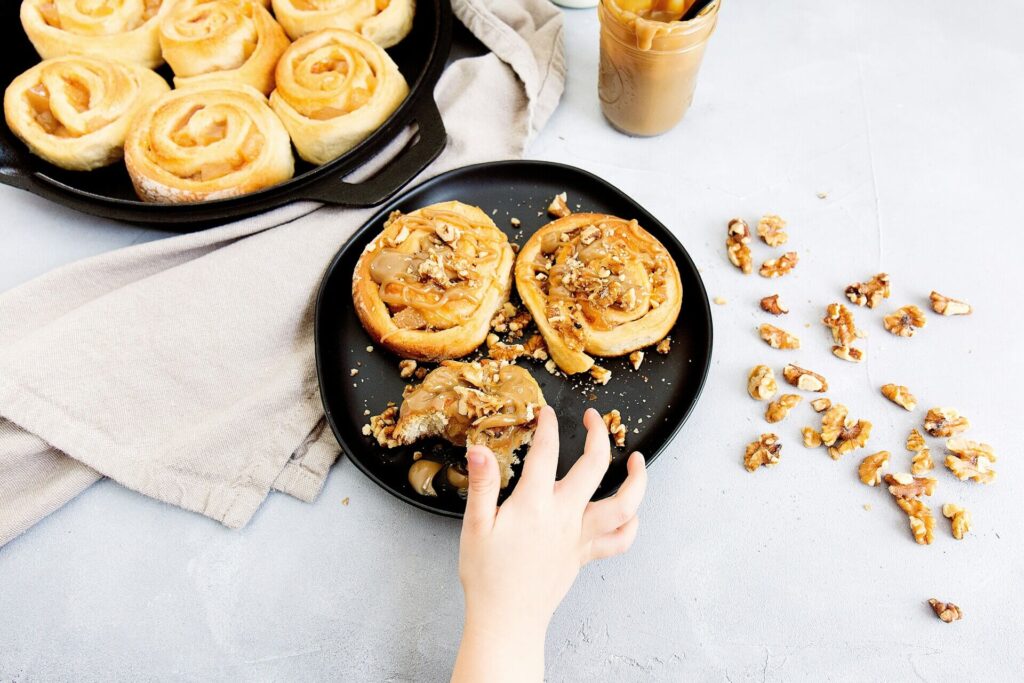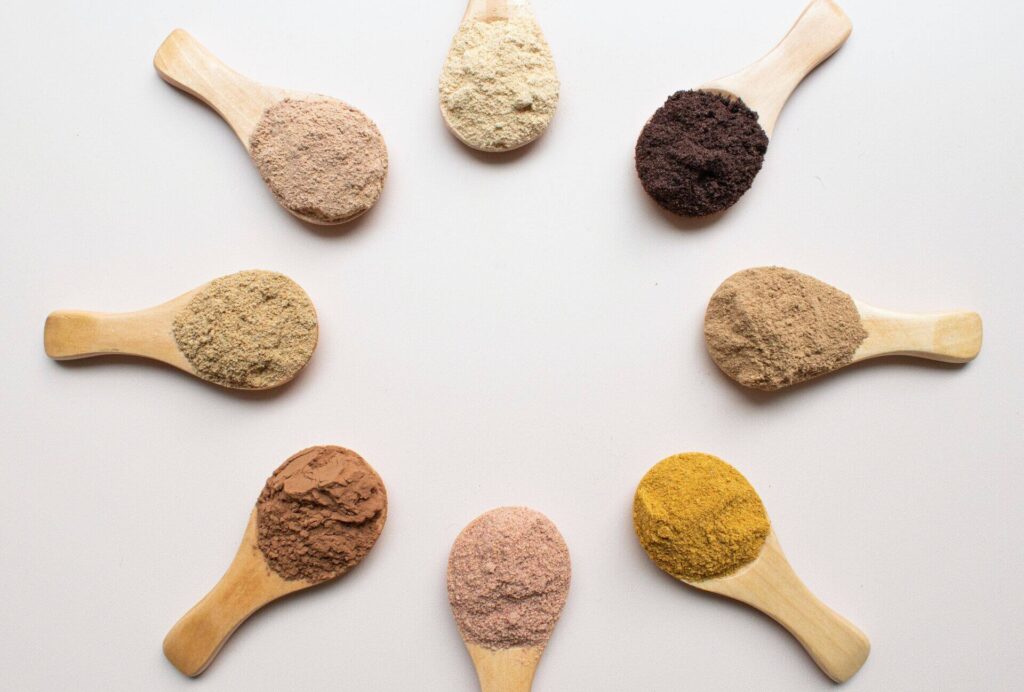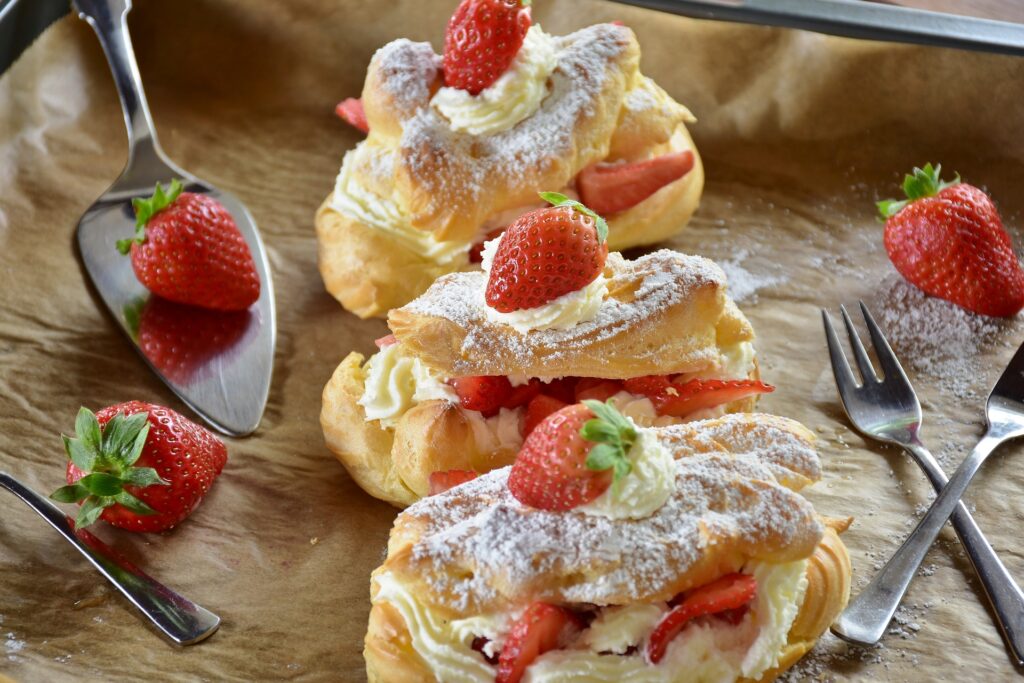
What Are Food Additives?
Creating the perfect mouth-watering flavor in your food is an art form. Using a combination of experimentation and some simple additives, you can achieve the exact texture and nutrient profile in every bite. The role of food additives is complex, and not every additive is created equal. Some additives can alter the texture of your […]
Read MoreCreating the perfect mouth-watering flavor in your food is an art form. Using a combination of experimentation and some simple additives, you can achieve the exact texture and nutrient profile in every bite. The role of food additives is complex, and not every additive is created equal.
Some additives can alter the texture of your food to make it more appealing to eat, and others are there to bring out particular flavors or make your food more nutritious and enjoyable. Here are a few essential food additives you may encounter on a typical ingredient list and how they may change the flavor profiles and textures of the food you eat daily.
Flavors and Extracts
What are food additives without the tantalizing scent of vanilla? You may be surprised to learn that the world of extracts goes beyond your primary vanilla flavor. Today’s extracts include some unique options from around the world, sure to please your palette:
- Explore nutty flavors like almond and coconut.
- Sample tropical flavors like pineapple and mango.
- Add a dash of mezcal or mojito flavor for your evening martini.
Combining unique flavors is just one of the benefits of food additives. What are some other perks? Extracts can easily be added to your dish or drink without changing their texture or composition.
Sweeteners
Sweeteners enhance flavor, control sugar intake, and meet health and dietary requirements. Sweeteners play a unique role when it comes to health needs. Food additives of this type have many benefits:
- They can manage blood sugar levels for people who have diabetes or trying to reduce sugar intake.
- Sweeteners can replace harmful sugars that may speed tooth decay.
- For health reasons, sweeteners may aid weight loss in sugar-free or low-sugar diets.
What are food additives’ best uses? Some would say sweeteners have been a game-changer in everyday healthy eating.
Coloring
Food coloring is one of your favorite and most common additives. Food items can lose color naturally over time through exposure to light or even through regular storage.
- Food coloring in all its forms can add some fun to your favorite sweets, drinks, and appetizers.
- Artificial food coloring additives are composed of dyes that do not occur in nature – but their use is widespread in the grocery store aisle.
- Some benefits of food additives are simple – like what you can do to create a more natural color and flavor just by using elemental powders and syrups.
Coloring is used to create food that is more pleasing to the eye.
Fat Substitutes and Replacers
Fat substitutes and replacers help maintain the taste and texture of your food while decreasing the amount of fat in your portion. The role of these food additives varies in effectiveness and content – but there are three main categories you will typically see.
- Carbohydrate-based replacements like gelatin or modified dietary fibers are frequently used as food additives.
- What are some other great fat substitutes? Milk whey can easily be used to replace other fats.
- Vegetable oil can replace fat in a variety of food items.
Fat substitutes and replacers can lower the calories in food when needed, and help meet dietary requirements.
Citric Acid
Originally derived from lemons, using citric acid (also known as sodium citrate, or MCA, on food labels) is widespread on your grocery shelf. So, what are some benefits of food additives – including citric acid? Here are a few:
- Citric acid is a common additive meant to lengthen or preserve the shelf life of certain products and make them longer-lasting.
- It can be used to enhance the flavor of certain products.
- You’ll also find citric acid in many personal care items.
You’ll find that the role of food additives varies and takes different forms in ice cream, fizzy drinks, and wine.
Xanthan Gum
Xanthan gum falls under the category of stabilizers, and it can often be used in the same way as gelatin. What are food additives created for if not for adding great texture? Xanthan gum is made by fermenting sugar with a specific type of bacteria. In its final form, it can be reduced into a powder that makes for a great thickened texture when added to certain fillings and liquids.
- Xanthan gum is popular in gluten-free products.
- It can create bake-stable fillings that would otherwise lose shape after cooking.
- Xanthan gum is even used in toothpaste, facial creams, and other personal products.
You’ll find xanthan gum in everything from ice cream to salad dressings and popular confectioneries.
What Are Some Other Benefits of Food Additives?
Beyond great taste and color, a great food additive can add outstanding texture, too! The role of food additives is expansive and encompasses a variety of uses.
- Scientists continuously learn about the advantages and disadvantages of natural and artificial food additives.
- Health-conscious consumers advocate for more information on the advantages of certain additives over others.
- Flavor chemists spend years perfecting the ideal flavors or additions to elite health food products.
Creating the perfect balance takes time and effort. When considering what food additives are the best, consulting with a professional team is essential for guidance. Contact Metarom with any questions today!



